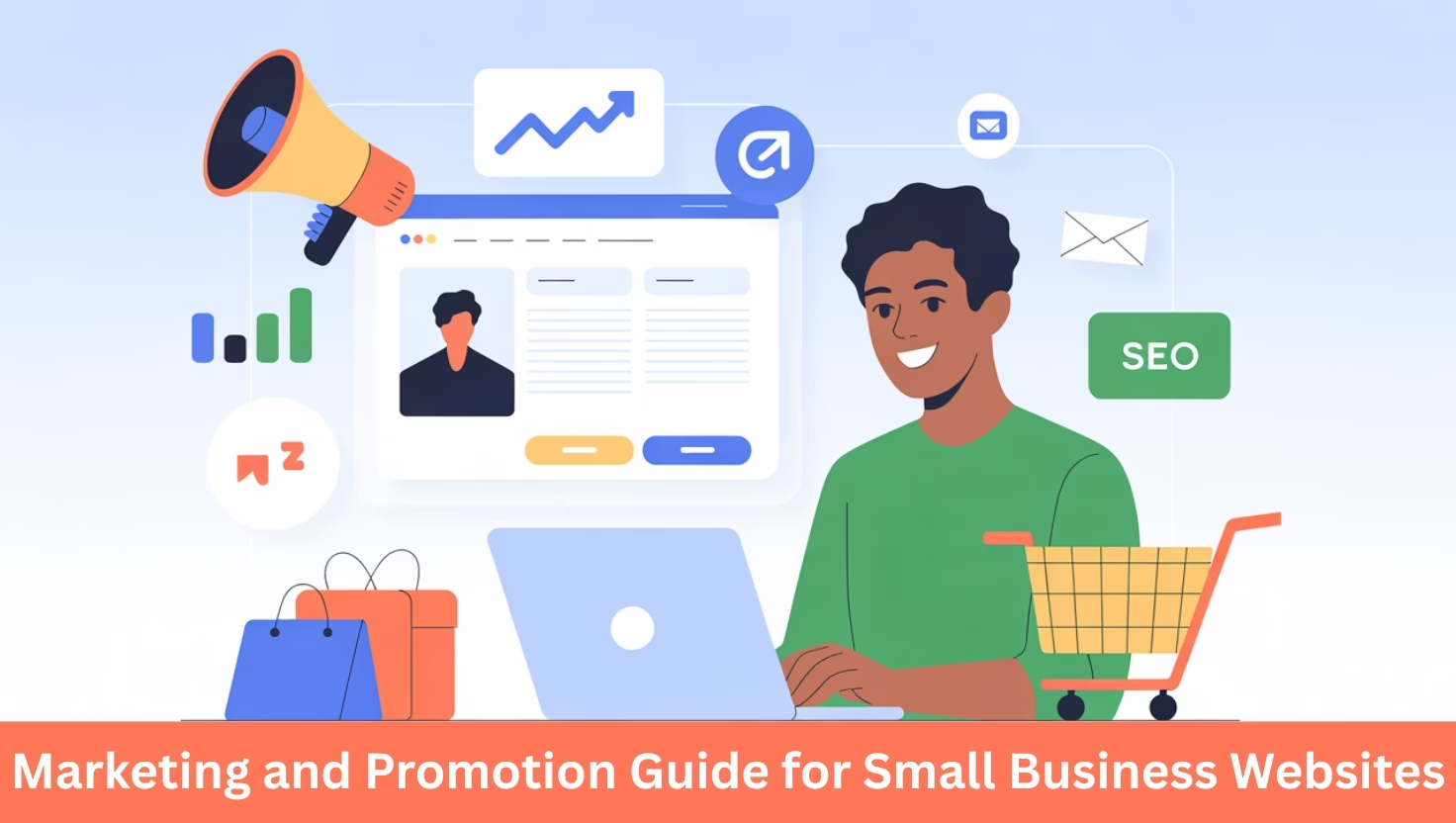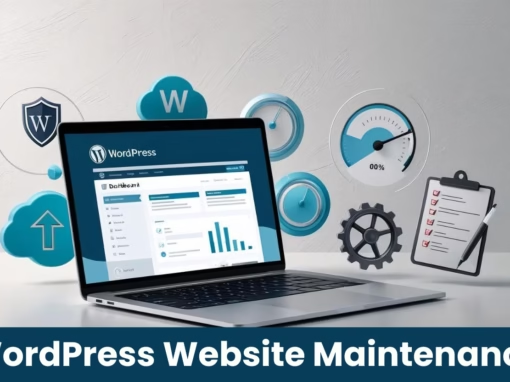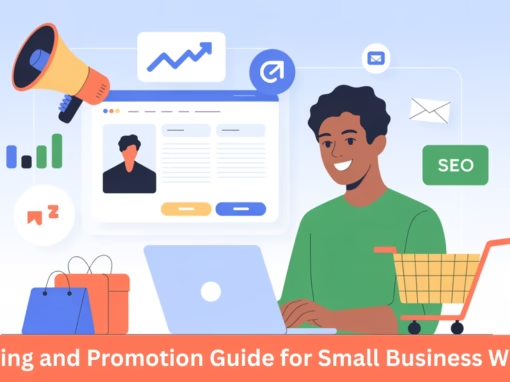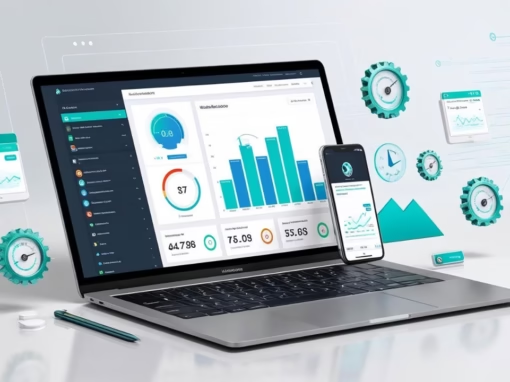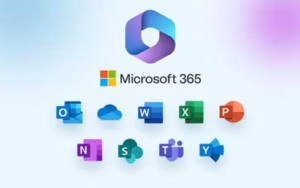Introduction
Marketing and promotion for small business websites are essential to drive traffic, build brand awareness, and increase revenue. In today’s competitive digital environment, merely having a website isn’t enough. Small business owners need a comprehensive marketing strategy that includes SEO, content, social media, email campaigns, and analytics. This SEO-friendly guide will walk you through proven strategies to enhance your online visibility and grow your small business.
1. Understanding Your Audience
Effective marketing for small business websites begins with a deep understanding of your target audience. This insight helps tailor your content and promotions to the right people.
- Demographics: Understand age, gender, income, and education to design relevant messages and offers.
- Psychographics: Learn about your audience’s values, interests, and lifestyles to refine your brand voice.
- Pain Points: Identify specific problems your audience wants to solve. Present your business as the solution.
- Preferred Platforms: Know where your audience spends time online. Focus on those platforms for better engagement.
2. Creating a Solid Marketing Foundation
Before promoting your small business website, ensure it is user-friendly and optimized for performance. A solid foundation builds trust and increases conversions.
- Professional Design: A clean and modern layout boosts credibility and encourages users to explore.
- Mobile Optimization: Your site should function seamlessly on all screen sizes for a better user experience.
- Fast Loading Times: Speed is crucial for SEO and user retention. Compress images and streamline code.
- Clear Call-to-Actions (CTAs): Guide visitors to take action using prominent, actionable buttons.
- Analytics Integration: Use Google Analytics or similar tools to monitor user behavior and performance.
3. Search Engine Optimization (SEO)
Search engine optimization is critical for increasing the visibility of your small business website. It drives organic traffic and improves rankings.
- On-Page SEO: Use your focus keyphrase “marketing for small business websites” in titles, headers, and content.
- Technical SEO: Improve site structure, loading speed, mobile usability, and internal linking.
- Content SEO: Create quality, keyword-rich content that answers searcher intent without overstuffing.
- Backlinks: Gain reputable links from other sites to build domain authority and improve search rankings
Learn the basics of SEO and Analytics: The Basics Every Website Needs
4. Content Marketing
Content marketing helps small business websites build trust and establish authority. It’s a long-term strategy that pays off.
- Start a Blog: Publish articles that solve problems and use your keyphrase naturally to attract readers.
- Create Lead Magnets: Offer free downloadable resources in exchange for emails to grow your list.
- Use Video Content: Create short videos or tutorials to engage visitors and improve dwell time.
- Repurpose Content: Convert blog posts into infographics or social media posts to extend reach.
5. Email Marketing
Email marketing is highly effective for keeping your audience engaged and turning leads into customers. It’s affordable and scalable.
- Build an Email List: Use opt-in forms and incentives like discounts or freebies to collect emails.
- Segment Your List: Send targeted content to different audience segments for better results.
- Send Regular Newsletters: Keep your audience informed with updates, offers, and valuable content.
- Automate Campaigns: Set up welcome series and drip campaigns to save time and boost engagement.

6. Social Media Marketing
Social media is a powerful tool to drive traffic to your small business website and foster relationships.
- Choose the Right Platforms: Focus on platforms like Facebook or Instagram based on where your audience is.
- Create a Content Calendar: Plan and schedule posts to maintain consistency and engagement.
- Use Hashtags Strategically: Improve reach and visibility using relevant and trending hashtags.
- Engage with Followers: Reply to comments and messages to build trust and boost the algorithm.
- Run Contests and Giveaways: These can generate buzz and help you gain more followers quickly
Let’s learn about the Power of Social Media Integration: Why and How to Connect Your Website with Social Platforms.
7. Paid Advertising (PPC & Social Ads)
Paid advertising can give your small business website immediate exposure and drive qualified traffic.
- Google Ads: Target keywords to appear at the top of search results and reach high-intent users.
- Facebook & Instagram Ads: Use targeting features to reach your ideal customers based on behavior and interests.
- Retargeting Campaigns: Re-engage visitors who didn’t convert on their first visit.
- Set Clear Goals: Define your ad objectives (clicks, leads, conversions) and optimize accordingly.
8. Local Marketing Tactics
Local marketing is essential for small businesses that serve a specific geographic area.
- Google Business Profile: Claim and optimize your listing to show up in local searches and Google Maps.
- Local Directories: Add your business to directories like Yelp and Bing Places to increase local visibility.
- Local SEO: Include your city and region in content and meta descriptions. Request local reviews.
- Community Involvement: Participate in local events or sponsor charities to boost your local presence.
9. Partnerships and Collaborations
Collaborating with others can significantly expand the reach of your small business website.
- Co-Host Webinars or Events: Collaborate with experts to gain exposure and credibility.
- Guest Blogging: Contribute articles to other websites in your niche to build backlinks.
- Affiliate Marketing: Reward partners who refer new customers to your business.
- Influencer Marketing: Partner with influencers to gain visibility with their loyal followers.
10. Tracking and Analytics
Tracking helps small business owners understand what’s working and where to improve.
- Google Analytics: Get insights into traffic sources, page performance, and user behavior.
- Search Console: Monitor keyword rankings, indexing, and site health to enhance SEO.
- Social Media Insights: Use platform analytics to see which posts are performing best.
- Email Metrics: Measure open rates and click-throughs to refine your email campaigns.
11. Tips for Budget-Conscious Marketing
Marketing for small business websites doesn’t need a big budget. Focus on high-impact, low-cost strategies.
- DIY Design with Canva: Create professional graphics and marketing assets without hiring a designer.
- Free Tools: Use free versions of tools like Ubersuggest and Buffer to plan and schedule content.
- Leverage Your Network: Ask existing customers for referrals and testimonials.
- Start Small with Ads: Run small ad campaigns and increase budget based on ROI.
- Cross-Promotions: Collaborate with non-competing businesses to tap into new audiences.
Conclusion and Action Steps
Marketing for small business websites is an ongoing process that requires persistence and adaptability. By combining SEO, content marketing, email campaigns, and social media, you can grow your audience and increase sales. Regularly measure your progress and refine your strategies for continuous improvement.
Action Steps:
- Identify your ideal customer and understand their online habits.
- Optimize your website for usability and SEO.
- Develop a consistent blog and content strategy.
- Build and segment an email list to nurture leads.
- Stay active on 1–2 social platforms where your audience is.
- Use small paid campaigns to test and scale your promotions.
- Monitor analytics and adjust your strategies for better performance.
With the right marketing strategy in place, your small business website can become a powerful asset that drives traffic, conversions, and growth.

